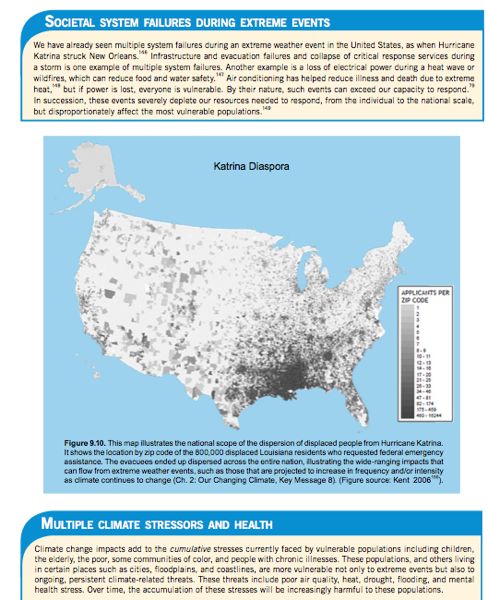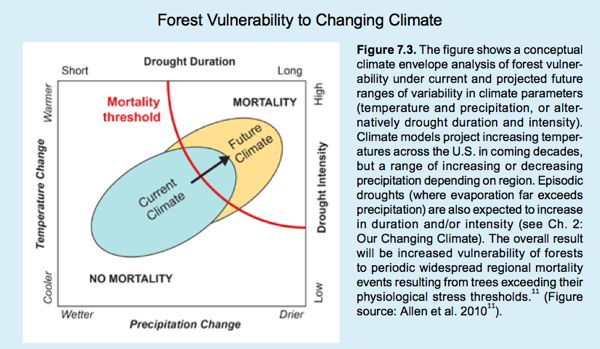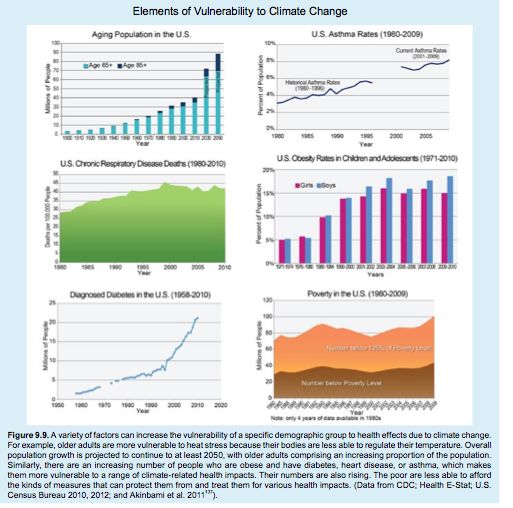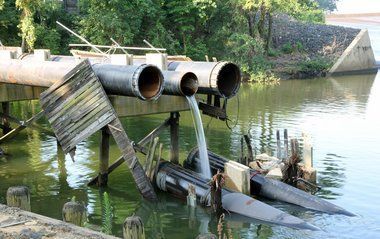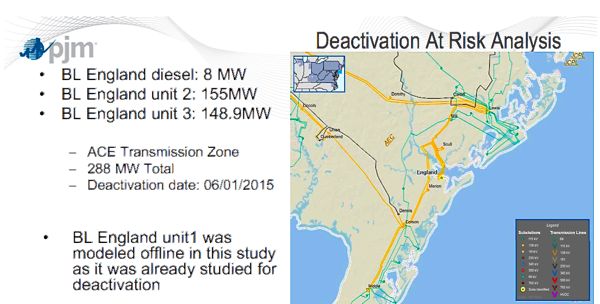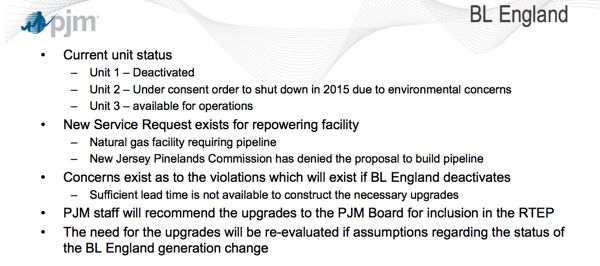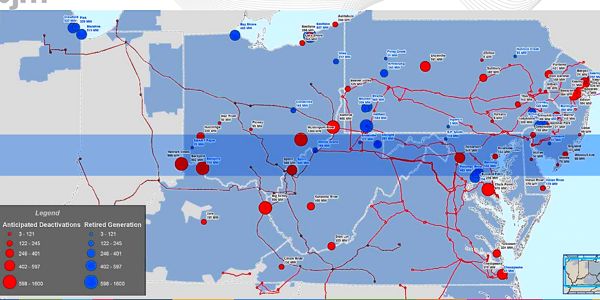Christie DEP Says Decision to Recommend That EPA List A NJ Toxic Site on federal Superfund Is “Not a Public Process”
DEP Opposes Public Hearings and Prefers to Work Confidentially With Mayors
Key DEP & EPA Superfund Listing Decisions Remain a “Black Box”
“National Priority List” has become a “Mayor’s Priority List”
Today, we are taking a new direction. Today, a new era of accountability and transparency is here. ~~~ Gov. Christie, first Inaugural Speech (1/19/10)
The bill opens a Pandora’s box of controversial issues regarding exactly how a toxic site gets listed on the federal Superfund NPL: i.e. who makes that decision, on what basis the decision is made, the public’s right to know and role in those decisions, and what are the roles of the federal and state governments. ~~~ Bill Wolfe, 3/11/14
I was prepared yesterday to testify to the Senate Environment Committee on an important bill that would require that NJ DEP prepare a Report and hold public hearings before recommending that a toxic site be listed by US EPA on the federal Superfund “National Priorities List” (NPL) (See A2340).
I testified, recommended strengthening amendments, and wrote about that bill during the recent Assembly consideration, see:
The bill passed the Assembly on May 22 by a unanimous 78-0 vote. It is sponsored by Louis Greenwald, the Assembly Majority leader, so there is obviously significant pressure on the Senate to move the bill to the Governor’s desk.
According to DEP testimony, the bill grew out of a controversy in South Jersey, where DEP recommended a site to EPA for NPL listing. Local officials were blind sided and did not find out about DEP’s recommendation until after the fact, when the EPA formally proposed the site in the Federal Register.
DEP refused to name that south jersey site in Greenwald’s district – or whether EPA followed through with the Superfund listing.
In a letter submitted to the Committee “late on Friday”, the DEP flat out opposed the bill because they said a public process would “tip their hand” and undermine enforcement of State cleanup laws.
DEP also flat out claimed that their decisions about whether to recommend that EPA list a NJ site on the federal Superfund NPL was “not a public process” (you can listen to the testimony here).
Hundreds of people in Pompton Lakes fighting to get the Dupont toxic site listed on the NPL would disagree strongly with that DEP claim. They are demanding transparency and a very public process.
DEP also claimed that they currently worked well with Mayors on a confidential basis, and that they are sensitive to and would not over-ride a Mayor’s preferences, so there was no need for the bill.
Again, the people in Pompton Lakes, who have criticized DEP’s closed door dealings with Mayor Cole – and thousands of people in Roxbury Township denouncing DEP’s lack of communication and questioning Mayor Rilee’s efforts on the Fenimore Landfill – would disagree strongly with that as well.
Throughout DEP’s testimony, they misleadingly emphasized that the Superfund NPL listing process is a federal responsibility and that it is subject to public participation during the EPA rule making process.
This is misleading on at least two grounds – first, EPA defers to NJ DEP in making NPL decisions, so DEP’s recommendation to EPA is crucial. It is vital that NJ residents have an informed opportunity to influence DEP’s recommendations to EPA.
Second, both EPA and DEP are aware of and have tons of important information on toxic sites that the public should be aware of, including the Superfund eligibility, scoring, and risk ranking system known as the “HRS” – which takes ut to how sites are listed and on what basis they are listed.
- The implications – How the Superfund NPL listing process works
The DEP’s decision whether to recommend that EPA list a site on Superfund is extremely important for the protection of public health and the environment.
As even DEP noted, a Superfund NPL site benefits from significant US EPA financial and technical resources, enforcement leverage, and public participation in cleanup decisions.
High risk toxic sites that qualify for Superfund on a risk basis may languish for years under NJ’s voluntary cleanup program, which lacks those federal resources and enforcement stick.
So, DEP’s decision to recommend that EPA list a NJ site provides huge benefits to the people of a community.
Under current EPA Superfund listing policy known as “state concurrence”, the support and recommendations of States are prerequisites for Superfund listing.
EPA will not list a site on the NPL without the support of the State Governor. Similarly, State’s can block EPA scientists’ recommendations that a site be listed on the NPL.
But, communities across NJ lack awareness of the Superfund listing process, the existence of these high risk sites, or the opportunity to secure EPA Superfund resources.
If communities became aware of the fact that high risk sites were eligible for Superfund, they could put pressure on DEP and EPA to list those sites and bring additional federal resources and enforcement authority to their towns.
To provide transparency and this critical information to local residents, PEER sought to obtain DEP and EPA documents, known as “Hazard Ranking Scores” (HRS) on NJ sites that qualify for Superfund. Both DEP and EPA conduct HRS scoring.
A toxic site with a HRS score greater than 28.5 qualifies for Superfund listing. For example, the Dupont site in Pompton Lakes scored an astronomical 70, even without consideration of vapor intrusion risk, a facts that residents have emphasized in urging DEP and EPA to pursue Superfund listing.
EPA denied our request for these HRS documents under the federal Freedom of Information Act (FOIA), so we had to sue EPA to obtain those HRS documents.
Settlement of the PEER EPA lawsuit resulted in ou discovery of the fact that at least 36 NJ sites qualify for Superfund, but DEP has not recommended that EPA list those site -for a list of those sites and communities, see:
- TWENTY SEVEN NEW JERSEY SUPERFUND-ELIGIBLE SITES LEFT OFF LIST -EPA Still Reviewing Status of Unknown Number of Garden State Toxic Hotspots
- EPA Discloses None more Superfund-eligible Sites in New Jersey – Thirty Five Sites Passed Over for Superfund Relief
- Bill Held, no testimony taken (other than DEP)
DEP asked that the bill be held.
Chairman Smith agreed with both DEP and Greenwald and offered a compromise. Smith suggested that instead of a public hearing, the bill be revised to require just a 90 day notice to the Mayor.
The Smith compromise is a bad idea that would continue to shut communities out of a critical decsion-making process at DEP and maintain the status quo black box and behind closed door local politics.
Smith then asked for and received a motion to hold the bill.
That move blocked any testimony, so none of all these issues got discussed.
- “National Priorities List” (NPL) has become a “Mayor’s Priority List” (MPL)
Under the federal Superfund law, the decision about whether to list a contaminated site on the NPL is a federal US EPA responsibility, not a State or local responsibility.
NPL listing decisions are supposed to be based on science and risks to human health and the environment, not politics, economics, or local parochial concerns.
States are given no role in this decision, but the law does give State’s an opportunity to express concerns and, under a separate provision, to target a very small number of sites for priority consideration.
Unfortunately, ever since the Clinton Administration aquiesced to the Gingrich Revolution (Contract On America) and the radical federalism policies of the 94th Congress, (does anyone still recall Al Gore’s “Reinventing Government”?) EPA has pursued a “partnership” relationship with the States.
Under Superfund, this means “state concurrence”, which has effectively delegated federal NPL decision-making to the States.
Now, in NJ, the State of NJ is giving local Mayor’s a veto power over State NPL recommendation decisions.
It’s a two step rollback: the National NPL has become the Mayor’s MPL.
